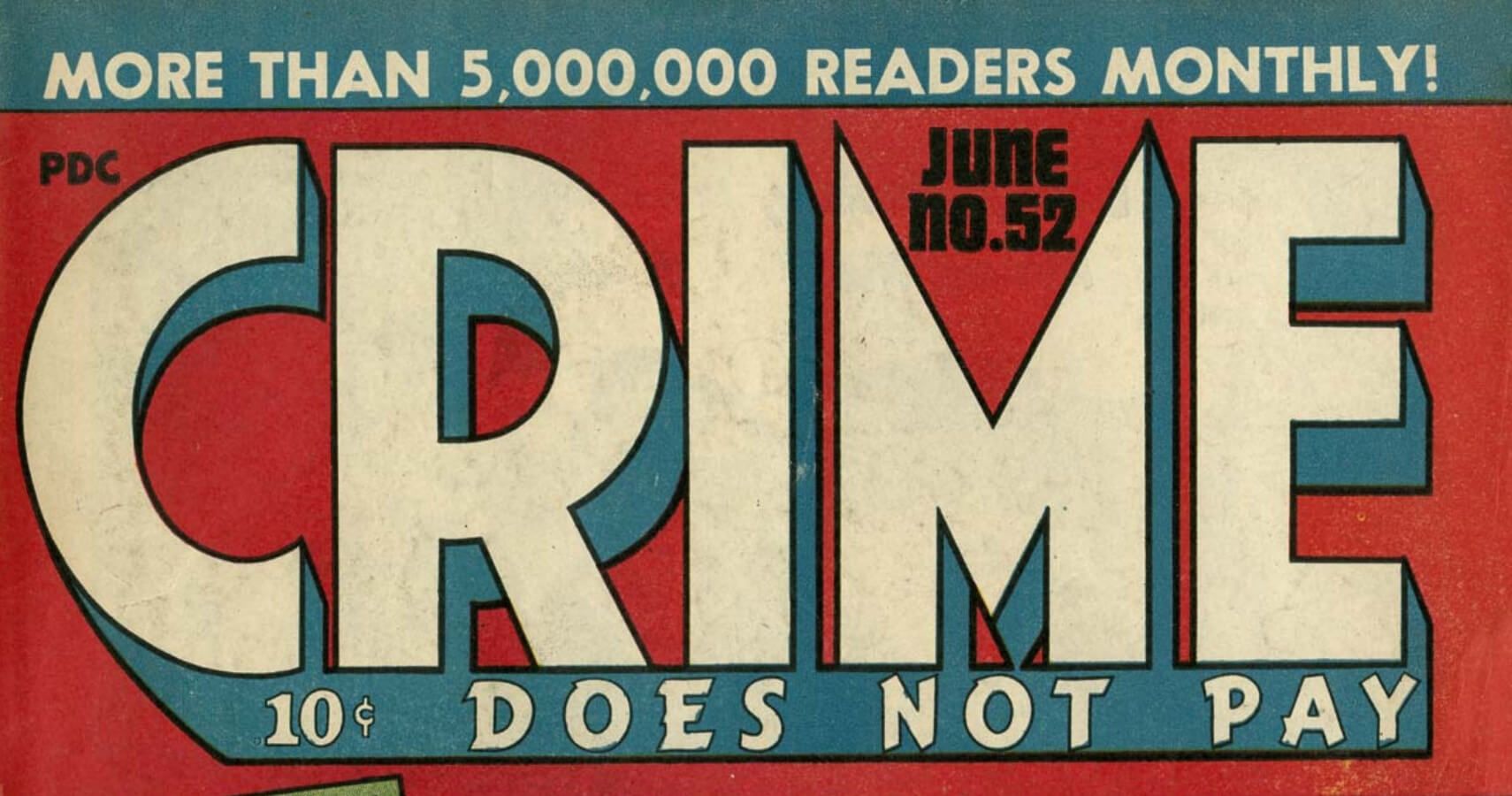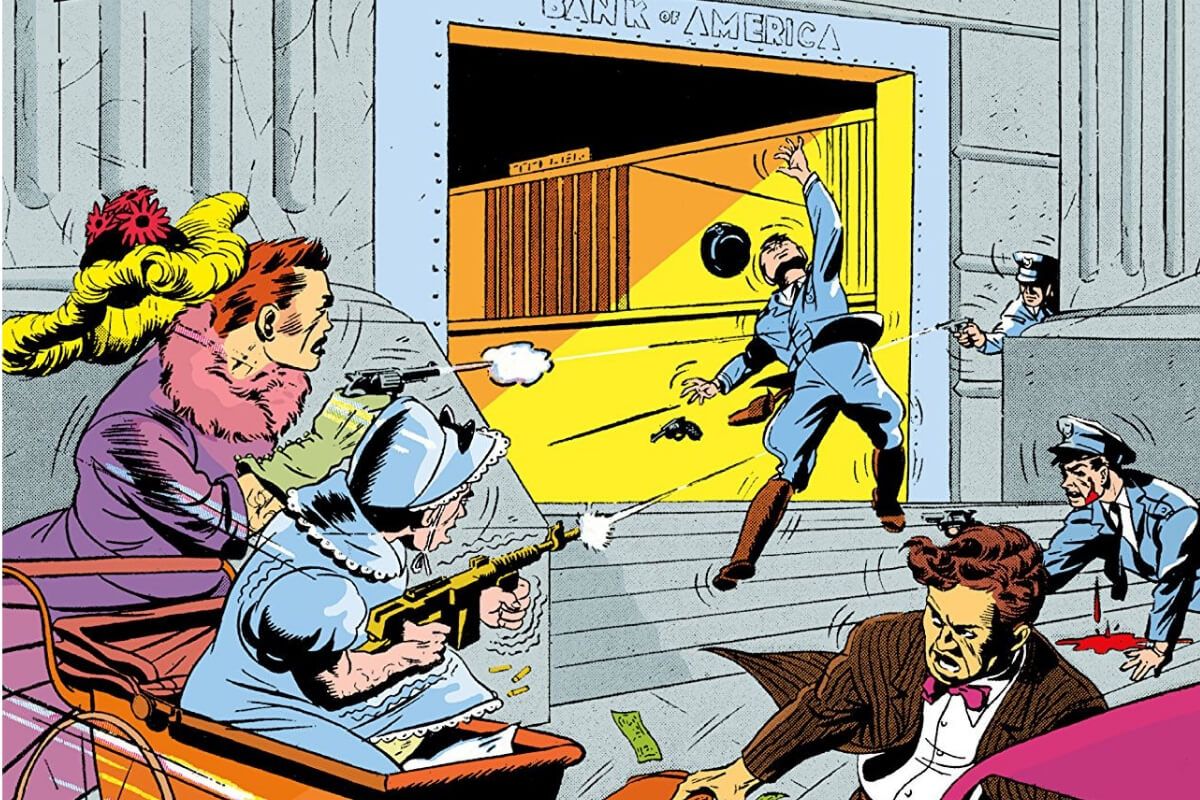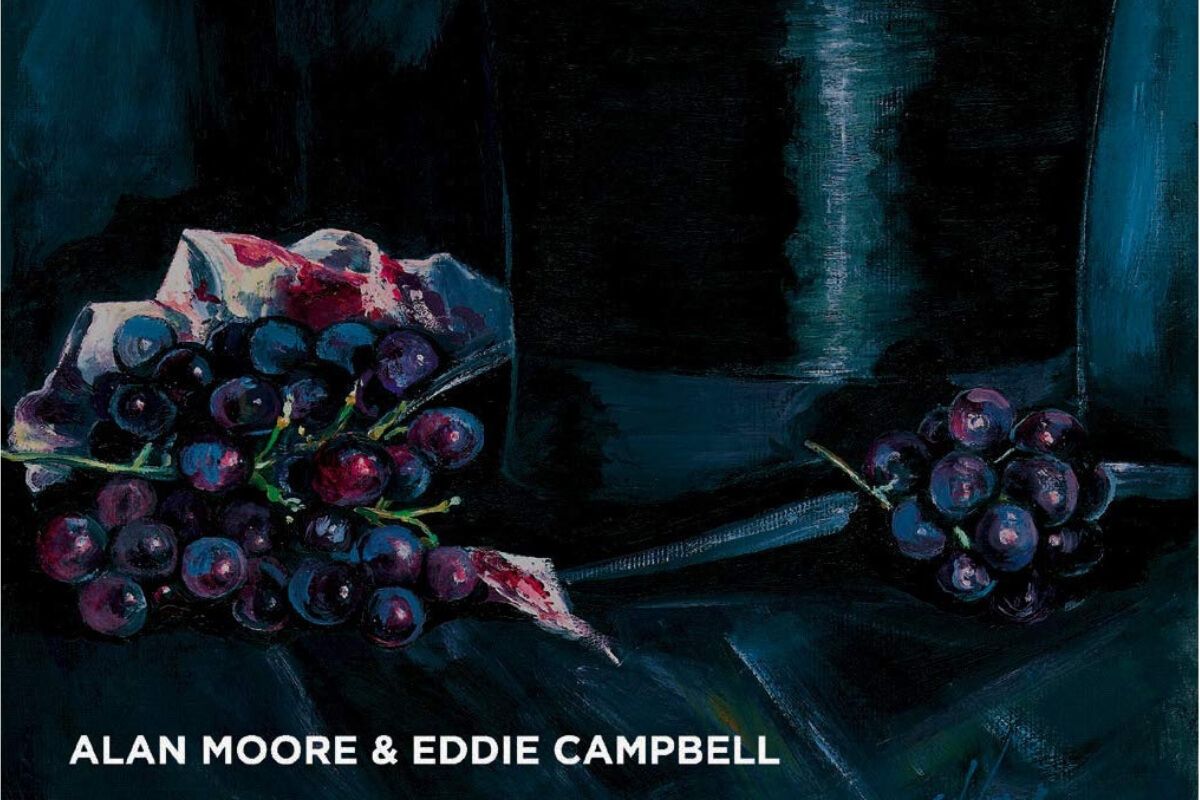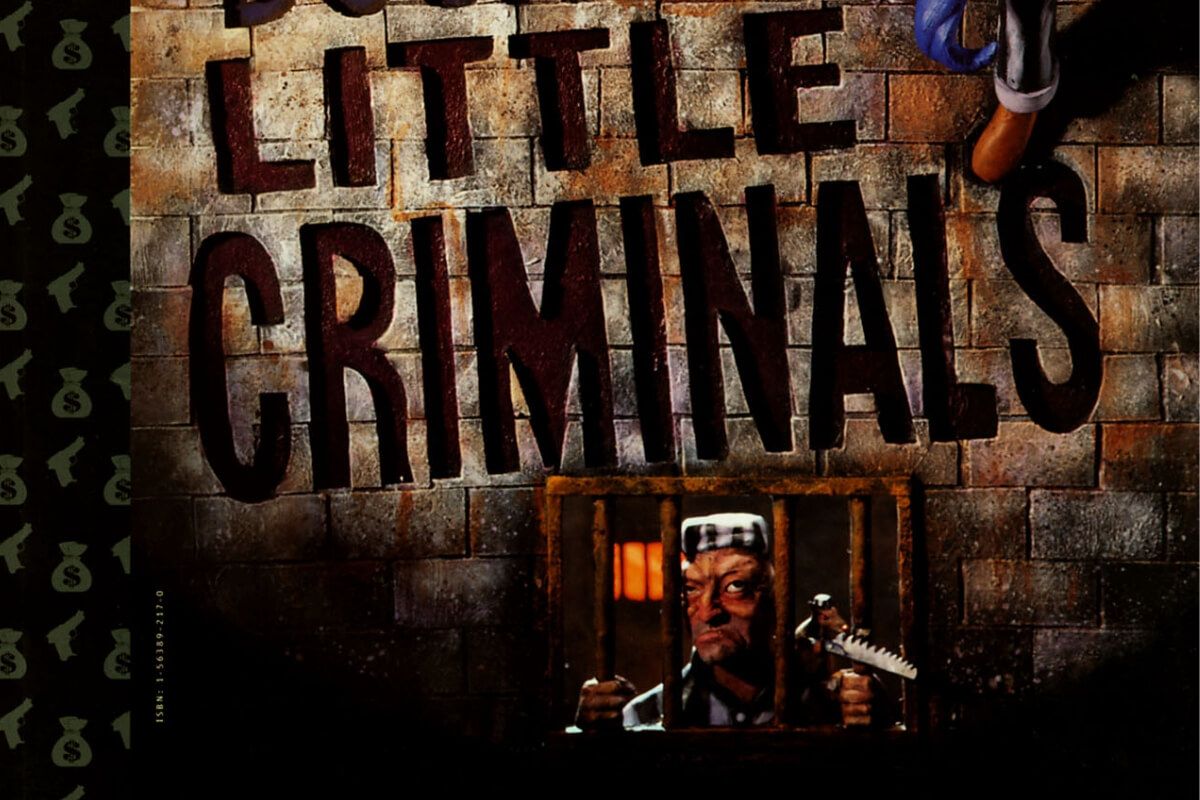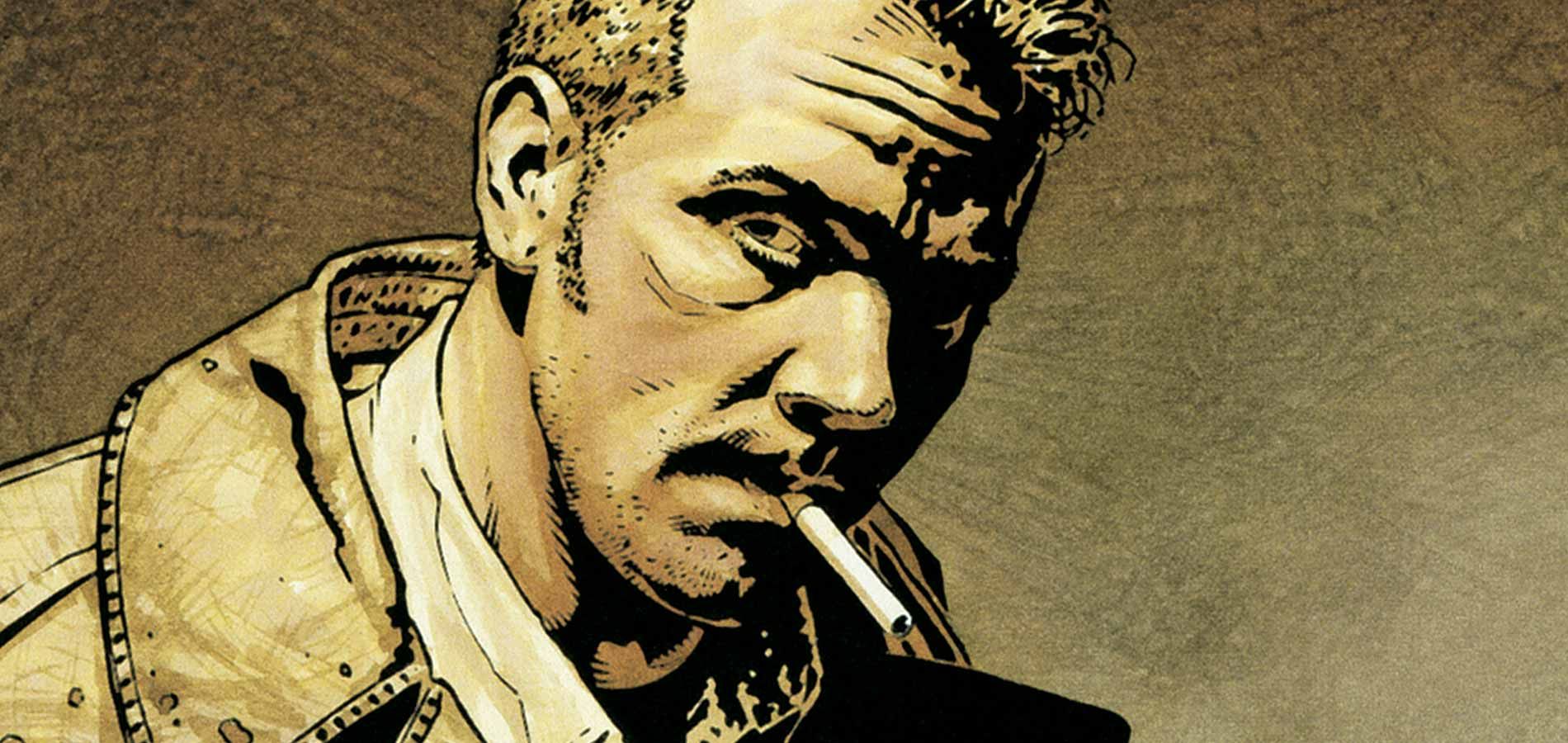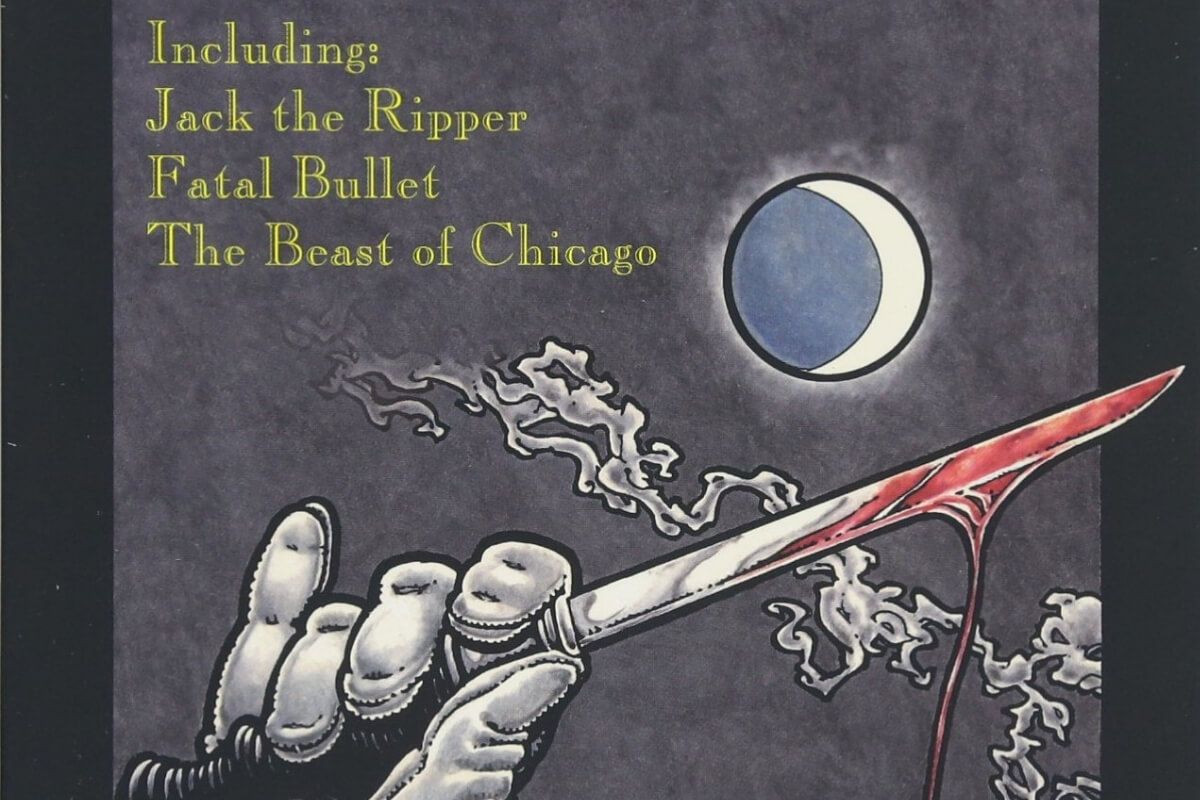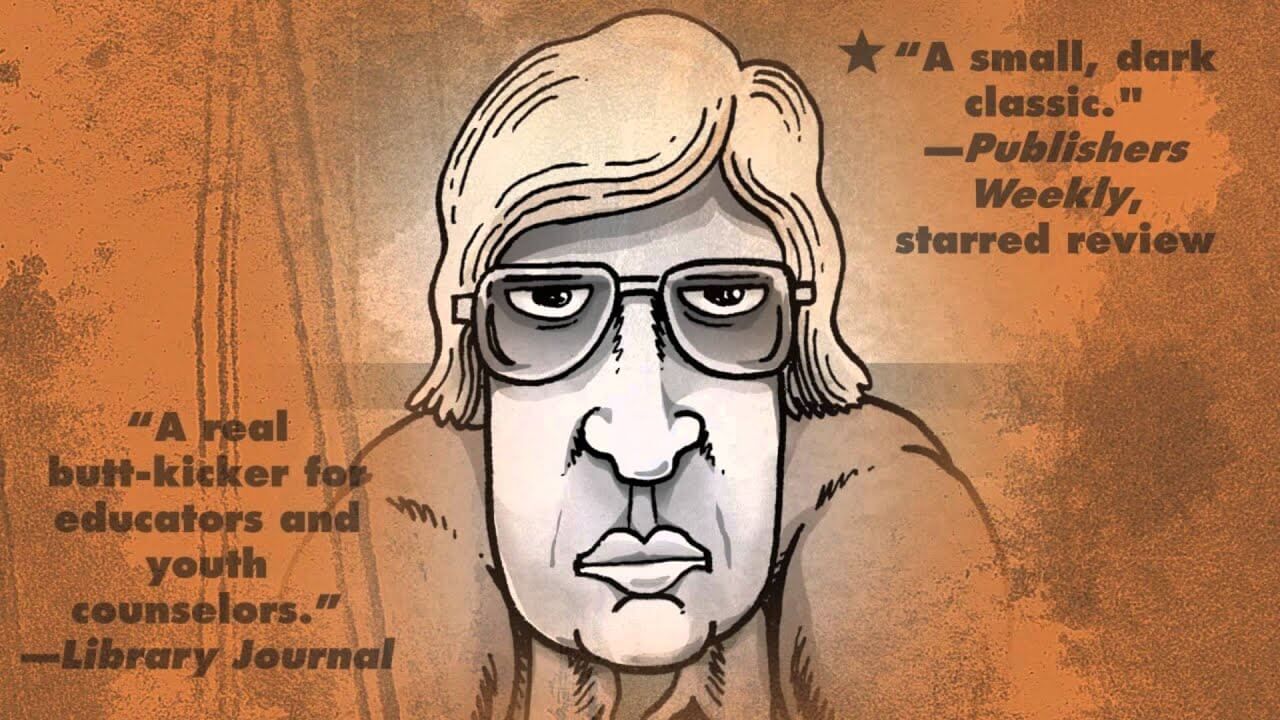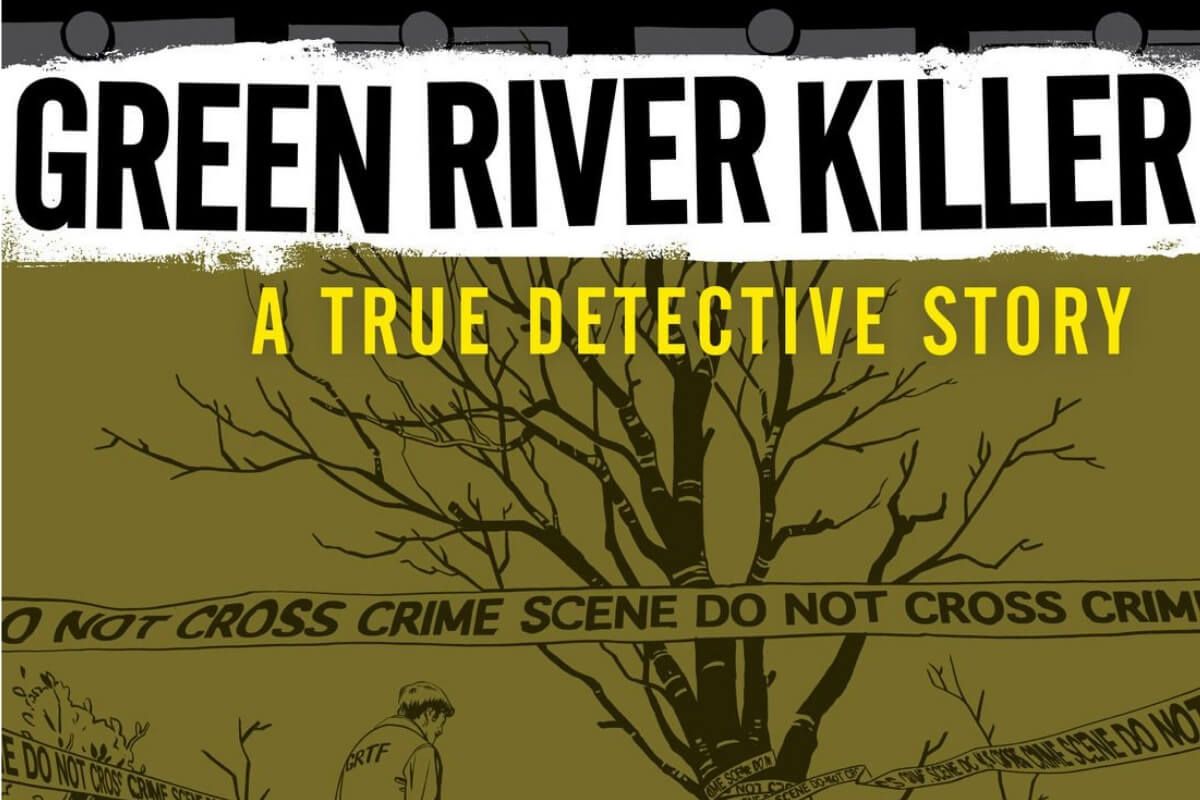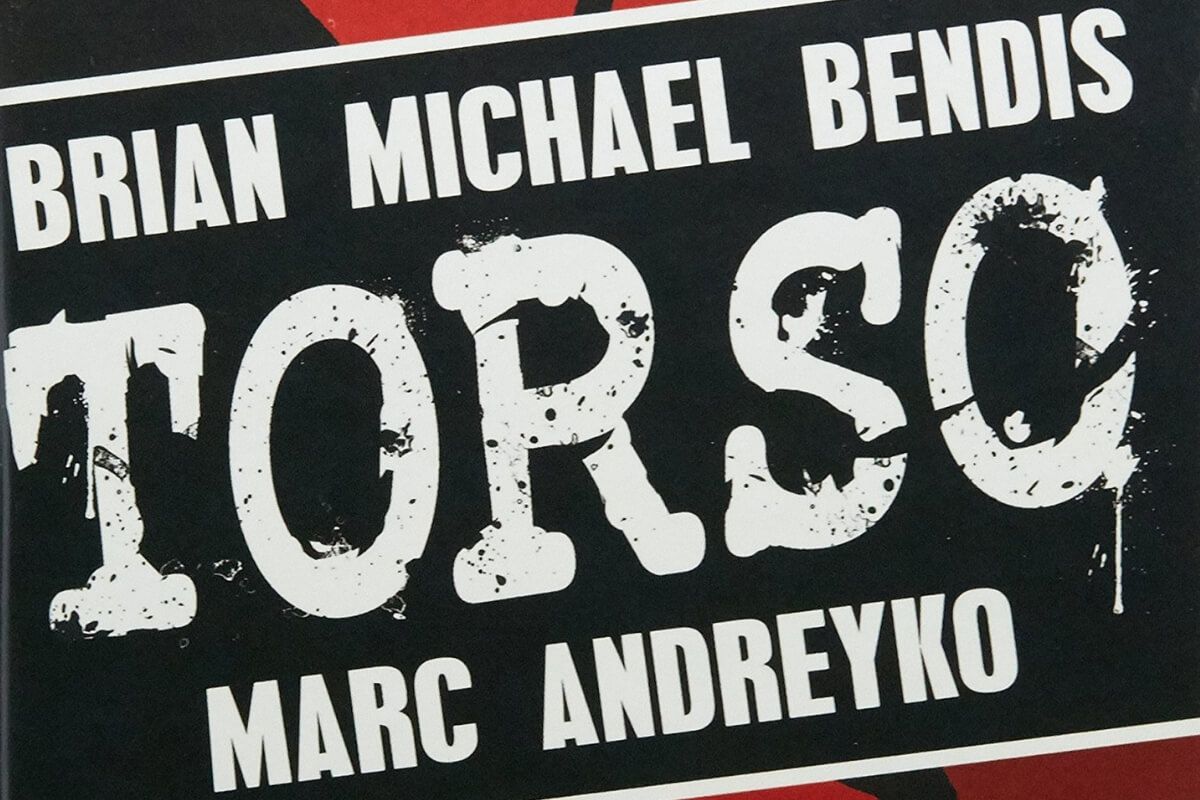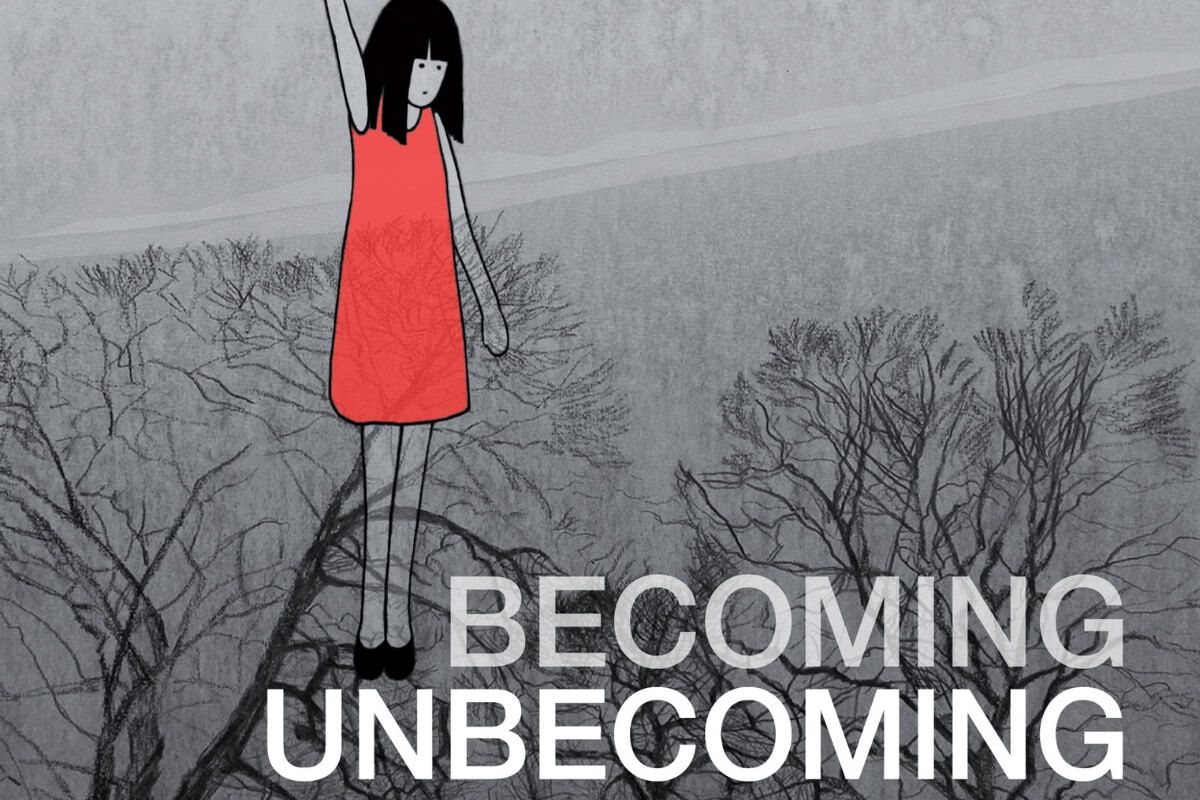People have devoured true crime whenever they could get their hands on it. As far back as the mid-1500s, crime pamphlets were circulated in Britain in an effort to improve literacy. True crime authors have penned hundreds of best-selling books. Today, millions of us listen to podcasts and binge-watch docuseries which explore the darkest of criminal minds.
It’s no surprise that comics have also dabbled in the genre. The comics page provides artists and writers a huge variety of opportunities to bring new perspectives to these horrific stories, managing to entertain and terrify all at once. Here are 9 chilling true crime comics every true crime fan should read.
9 9. Crime Does Not Pay by Various
In 1942, publisher Lev Gleason launched Crime Does Not Pay to rival the superhero comics. Depicting true stories (usually with a bit of added flair) of mobsters, thieves, cowboys, graverobbers, and murderers, the comic grabbed the attention of boys in their late teens and remained unrivaled in popularity, despite the huge volume of crime-focused comics which emerged throughout the ‘40s.
While the comic aimed to excite readers with its bold, dramatic, and bloody interior art, Gleason and his team were determined not to glamorize the criminals. In fact, in an introduction penned by the publisher himself, he told readers the comic was “dedicated to the youth of America with the hope that it will make better, cleaner young citizens.” Regardless, the comic was amongst the many casualties of the Comics Code clamp-down and released its last issue in 1955. Fortunately for true crime enthusiasts, Dark Horse Comics have collected and reprinted some of the weirdest and best stories from the series, giving us a glimpse into the origins of crime comics.
8 8. From Hell by Alan Moore & Eddie Campbell
Jack the Ripper has fascinated the world for centuries. In the 1990s, Alan Moore and Eddie Campbell teamed up to present their own theories while providing biting commentary about British society at the turn of the 20th Century and our obsession with giving evil a face. The widely celebrated From Hell was originally printed as a serial strip in comics anthology, Taboo. Although over 500 pages long, Moore doesn’t dance around with a typical whodunnit tale. From the outset, he declares English physician William Gull as the culprit, weaving the theory into a larger conspiracy involving the Freemasons and The Royal Family.
As the Ripper case remains unsolved, From Hell inevitably intertwines with fictional scenes. Using Stephen Knight’s book, Jack the Ripper: The Final Solution, as a starting point, Moore and Campbell were determined to ensure that their tale of the Whitechapel murders balanced truth and fiction, deliberately including scenes entirely — and clearly — from Moore’s imagination.
7 7. The Big Book of Little Criminals by Various
Released in 1996 as part of DC Comics’ Factoid Press range, The Big Book of Little Criminals contains 63 true crime stories in one hilarious volume. The collection covers some of the most outlandish cases from history, featuring huge heists, notorious mobsters like Al Capone, and forgeries like the baffling Hitler Diaries, to lesser known crimes by incompetent small-time criminals.
Boasting a huge variety of contributors, each short biography or retelling demonstrates why comics are such a great medium for exploring true crime. Every story has been thoroughly researched, retold with sarcastic wit, charm, and a hint on menace, providing accurate — but entertaining — retellings of crimes you may or may not have heard of.
6 6. Hellblazer: Shoot by Warren Ellis & Phil Jimenez
While this Hellblazer story isn’t necessarily based on a specific true crime case, it does confront gun violence and school shootings, with Shoot remaining uncomfortably relevant today. Researcher Penny Carnes is investigating school shootings, looking for patterns in an emotionally draining study. Few answers surface, but she does notice John Constantine is present in most photographs of these massacres. Confronting the occult detective with her findings, he bluntly retaliates with some hard truths about society.
Written in 1999, the book was scheduled for release, but wouldn’t see (official) print until 2010. The Columbine High School Massacre occurred just weeks before the book was due to be released, and DC’s then-Executive, Paul Levitz, refused to allow Vertigo to publish the book unless the story be altered. Sticking by his story, Ellis refused to change it and walked away from the Hellblazer series altogether. While a leaked version of the story surfaced in 2000, the story finally saw print in Vertigo Resurrected #1.
5 5. A Treasury of Victorian Murder Compendium by Rick Geary
Rick Geary is perhaps one of the best-known cartoonists for retelling true crime in comics. He has penned countless crime stories, breathing wry humor into his meticulously researched tales. His illustrations may seem more suited to children’s titles at face value, but it combines in an eerie and unsettling way with the dark stories, and wisely never strays into depicting the gory details.
Originally printed in shorter, individual books, all of Geary’s comics focusing on crimes from the Victorian era have been compiled into a couple of brilliant compendiums. Amongst the horrifying tales, Geary focuses on H. H. Holmes, Jack the Ripper, Lizzie Borden, and the Lincoln assassination. And if two large Victorian-era tomes aren’t enough, he later ventured into the 20th Century, collecting stories like the Lindbergh kidnapping and the Axe-Man of New Orleans in A Treasury of XX Century Murder Compendium.
4 4. My Friend Dahmer by Derf
John “Derf” Backderf spent a lot of time drawing friends and classmates at high school. Among the faces he drew was Jeffrey Dahmer’s — a boy in his class that he would befriend; and a boy who would grow up to be one of America’s most depraved serial killers. This is an intimate look into Derf’s high school days as he refocuses the lens on the quiet oddball in his class, combining his own experience with classmate interviews, police reports, photographs, and his own drawings from the era.
It’s a very personal retelling which gives an insight into a troubled boy’s formative years, taking part in tasteless pranks and binge drinking as he struggled to control his morbid urges, his behavior simply being brushed aside as awkwardness. Both horrifying and heartfelt, it neither glorifies or excuses Dahmer’s actions, but it does highlight the tragedy that can emerge when systems that are meant to protect fail to spot warning signs.
3 3. Green River Killer: A True Detective Story by Jeff Jensen & Jonathan Case
Real life monster hunter, detective Tom Jensen, single-handedly helmed a large portion of the twenty-year search for the Green River Killer. Responsible for the death of 47 women (though it’s suspected he killed hundreds), Gary Ridgway was finally apprehended in 2001 thanks to advancements in DNA technology. Tom Jensen would spend 180 grueling days interviewing Ridgway in an attempt to get a deeper insight into the criminal’s mind and to discover the location of his victims. Ridgway cooperated in helping the Seattle police force find their remains, with the majority of the graphic novel revolving around Jensen’s interviews and these expeditions to areas around the Pacific Northwest to find the bodies.
Green River Killer is written by Tom Jensen’s son, Jeff, which adds an extra layer to the story. Jeff’s admiration for his father is clear, and emotional scenes feel raw and real thanks to their close relationship. Combined with Jonathan Case’s slick black and white artwork, it’s a bleak and thrilling story.
2 2. Torso by Brian Michael Bendis & Marc Andreyko
In 1930’s Cleveland, at least 12 people fell victim to the Cleveland Torso Murderer. Over four years, various dismembered body parts of male and female victims washed up near Lake Erie Sound. Elliot Ness, the man famous for his attempts to bring down Al Capone, would lead his gang, “The Untouchables,” in the search for the killer(s). Brian Michael Bendis and Marc Andreyko’s retelling of events follows Ness’s investigation (though his gang is called “The Unknowns” in this version), weaving fact and fiction together towards the climax.
Bendis originally came up with the book’s idea while working in one of Cleveland’s newspaper offices, being given access to the case files. The inspiration clearly shows throughout the book as photographs and newspaper clippings blend into the expressive, noir-styled artwork to create a truly chilling retelling.
1 1. Becoming Unbecoming by Una
Una’s Becoming Unbecoming is a deeply personal exploration of the effects violence and misogyny have had on her own life, set against the backdrop of the search for the Yorkshire Ripper. Between 1975 and 1980, Peter Sutcliffe murdered 13 women in West Yorkshire. The police spent over two million hours looking for the culprit — even interviewing Sutcliffe nine times — only for him to evade capture. The police couldn’t believe a family man could be capable of such crimes, instead pointing blame towards the victims.
Growing up in Yorkshire during this era, Una felt the ripple effects of the case. Combining the exploration of her own personal trauma with the larger impact of the Yorkshire Ripper case, she unflinchingly points a finger at the misogynistic violence which lurks behind many of the horrific and terrible attacks we read about in true crime, telling a tragic story which humanizes all of the victims.

